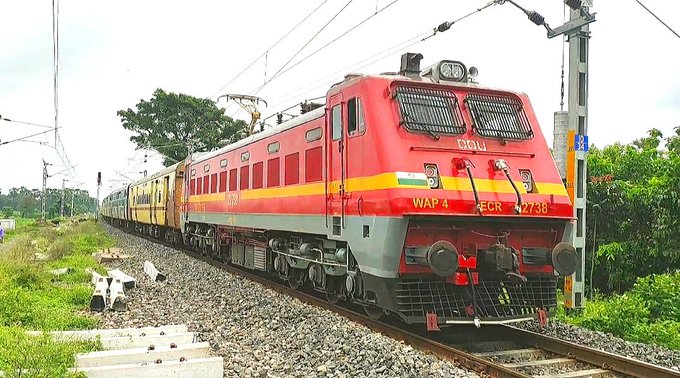Amritsar, NFA Post: In view of the current macroeconomic situation, the gross non-performing assets (GNPAs) of Indian banks are seen shooting up by September, according to estimates by Reserve Bank of India.
GNPAs on bank balance sheets, under a baseline scenario, are expected to rise to 13.5% by the end of the second quarter of financial year 2021-22 (Apr-Mar), the central bank said in its latest Financial Stability Report. This would be higher than 7.5% in the year-ago period.
RBI also mentioned that in the worst case scenario, the GNPAs could rise sharply to 14.8%, the highest in two decades, by 30 Sep.
“This highlights the need for proactive building up of adequate capital to withstand possible asset quality deterioration,” the RBI said.
The RBI said that these estimates were arrived at based on the macro stress tests incorporating the first advance estimates of gross domestic product (GDP) for 2020-21 that was released on Thursday.
RBI noted that public sector banks could see the highest 650-basis-point increase in their GNPAs even under the baseline scenario.
GNPAs for government-owned banks are estimated to rise to 16.2% in Jul-Sep from 9.7% in the corresponding period a year ago, under the baseline scenario.
RBI said that private banks are expected to see their gross bad loans increase to 7.9% from 4.6% by September end.
RBI’s assessment showed that GNPAs have been consistently falling over the last two years, with the number at 7.5% in Jul-Sep 2020. The slippage ratio, the rate of accretion of fresh bad loans, has also come down to 0.15% as of September.
“The improvement was aided significantly by the regulatory dispensations extended in response to the Covid-19 pandemic,” the central bank said in its report.
The report showed that the capital to risk-weighted assets ratio (CRAR) of scheduled commercial banks improved to 15.8% in September 2020 from 14.7% in March 2020, while their GNPA ratio fell to 7.5% from 8.4%.
The provision coverage ratio improved to 72.4% from 66.2% during the period, the report said.
Bank credit growth remained subdued, with the moderation being broad-based across bank groups, the report said. Noting that in the initial phase of the coronavirus outbreak, policy actions were targeted towards restoring normal functioning and mitigating stress, RBI said the focus was now on supporting the recovery and preserving the solvency of businesses and households.
“Policy measures by the regulators and the government have ensured the smooth functioning of domestic markets and financial institutions; managing market volatility amidst rising spillovers has become challenging especially when the movements in certain segments of the financial markets are not in sync with developments in the real sector,” the RBI said.
The RBI highlighted that positive news on the vaccine development underpinned optimism on the outlook, though it was marred by the second wave of the virus including more virulent strains.





